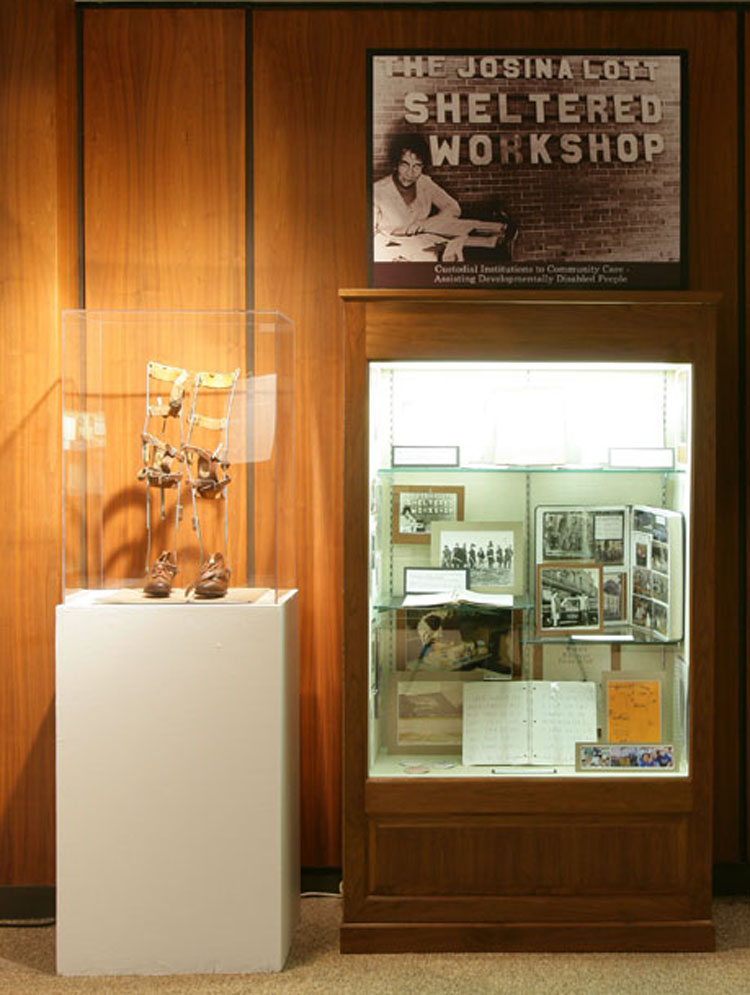
Custodial Institutions to Community Care—Assisting Developmentally Disabled People.
The way American society has treated developmentally disabled people has come full circle. In the colonial era, they were cared for by families in their communities, and were idealized as children of nature, pure in their innocence and possessing unique knowledge. But by the 1830s, society began to embrace the belief that the way to treat the developmentally disabled was to institutionalize them.
The emphasis of these early institutions was on education, and they were influenced by the theories of Edouard Seguin of France. Seguin believed that the developmentally disabled could be educated by exciting their will and training their senses. Focused on teaching vocational skills, the goal of the early American institutions was to keep feeble-minded youth from becoming feeble-minded adults. But many of the children were severely disabled, and schools quickly began to separate their residents into two groups: those who were trainable, and those who were not. Long-term custodial care became the norm for many.
At the turn of the century, the states funding institutions for developmentally disabled children began to be concerned about their rapidly increasing populations. Eugenicists, who believed that mental retardation was an inherited characteristic, argued that institutionalizing children helped to ensure that girls and boys would not reproduce. Many states (but not Ohio) enacted mandatory sterilization laws for developmentally disabled people to further control their population.
Institutionalization and life-long care continued as the generally accepted method for treating the developmentally disabled until after World War II, when a series of high-profile exposes revealed the poor quality of care provided at many state-supported institutions. At the same time, several well-known celebrities publically confessed their struggles in raising their developmentally disabled children, including Pearl Buck, Dale Evans, and the Kennedy family.
By the 1960s, large state-run institutions began to wane. The education and care for developmentally disabled children returned to the local level, with public schools and non-profit organizations providing the services. By 1975, a federal law required public schools to provide equal educational opportunities to all children, regardless of disabilities.
In Toledo, Josina Lott was disturbed to find the public schools turning away children with severe learning disabilities in 1938. That September, Lott began what she called her “experiment” to prove there are no “uneducable children” by starting a day school for these children in her apartment. The school rapidly expanded, and became affiliated with the Toledo Public Schools. Lott also started a sheltered workshop for developmentally disabled adults, the first of its kind in the country. Others who helped to create agencies to assist the developmentally disabled in northwest Ohio included Roy and Georgette Engler, who started Sunshine Children’s Home in 1949; Bettye Ruth Kay, who founded Bittersweet Farms in Whitehouse as the first residential community for autistic adults in the country; and Charlotte Zeigler, who founded Zeigler Homes in 1977 to provide group homes and services to developmentally disabled adults in Toledo.